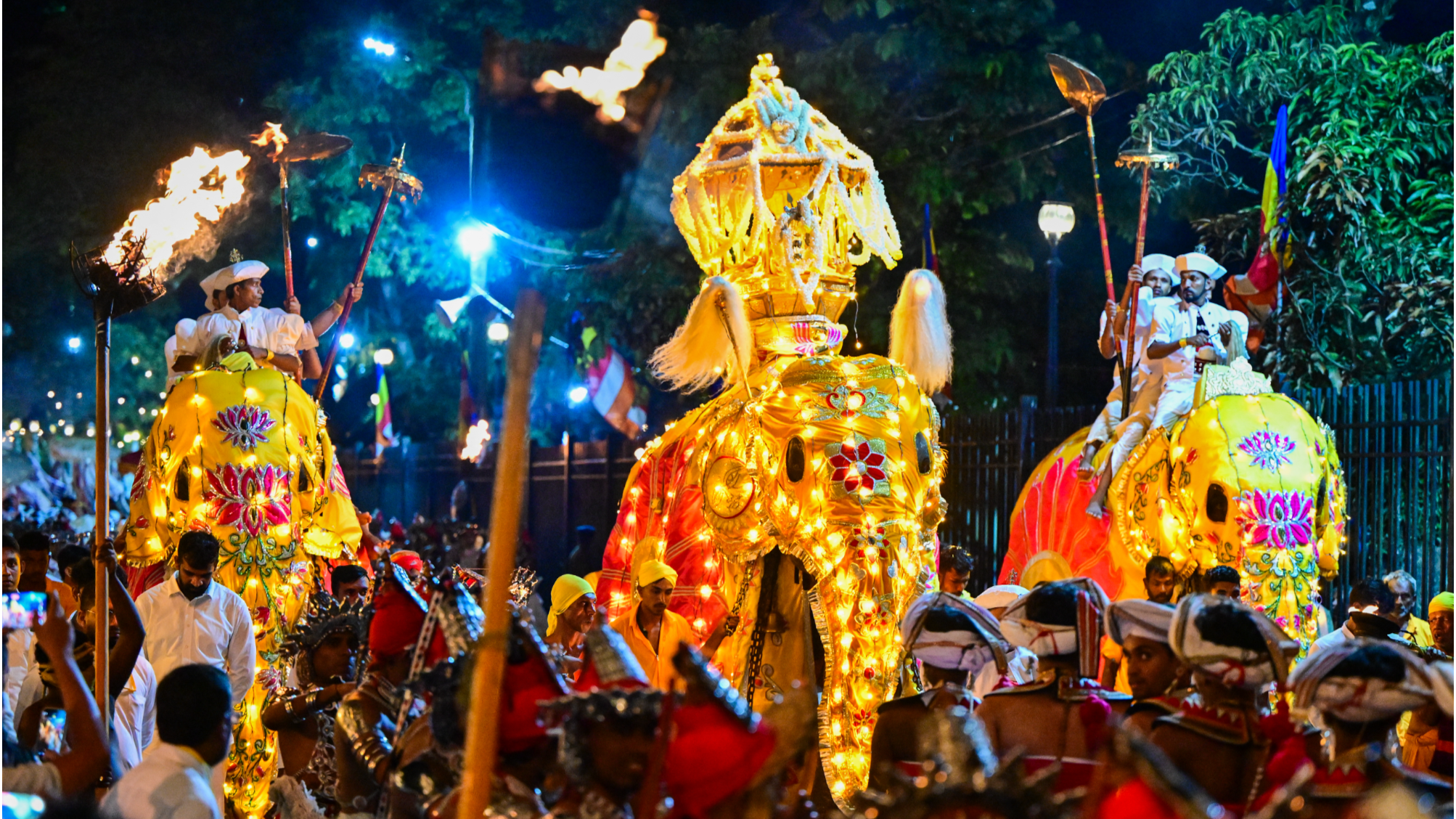
Sri Lanka’s tourism recovery is expected to gain further momentum on the back of a planned new promotional campaign and the nation’s diverse attractions, with the sector’s rebound aiding the nation’s broader economic revival, experts said.
Sri Lanka expects to attract 2.3 million foreign tourists in 2024, and 3 million in 2025, its tourism authorities said.
According to the Sri Lanka Tourism Promotion Bureau, a new promotional campaign covering key source markets will be launched from the second week of September. The first phase of the campaign will target five countries — China, Britain, France, Germany and India.
The second phase of the campaign will target Russia, Australia, Japan, South Korea, Poland and Italy, as well as Scandinavia, the Middle East and the Benelux countries. These campaigns aim to boost tourist arrivals by 700,000 in 2025.
ALSO READ: Sri Lanka approves free tourist visas to boost tourism
Natalia Bayona, executive director of UN Tourism, the United Nations agency that aims to promote responsible and universally accessible global tourism, said Sri Lanka’s tourism sector is distinguished by its diverse attractions, which include beaches, wildlife sanctuaries, rainforest areas, tea plantations, ancient heritage, and Buddhist cultural sites.
“This variety appeals to a wide range of tourists like those interested in adventure and culture,” she said.

Bayona added that the country is also a biodiversity hotspot that attracts eco tourists and nature enthusiasts, who are drawn to its unique flora and fauna.
According to UN Tourism’s World Tourism Barometer, Sri Lanka's tourism sector has shown a steady and encouraging post-pandemic recovery. While challenges remain, consistent growth in tourist arrivals demonstrates that Sri Lanka is successfully regaining its position as a popular travel destination, signaling a positive outlook for the continued recovery and expansion of its tourism sector, the UN agency said.
ALSO READ: Sri Lanka cuts rates to help fuel economic recovery
Priantha Fernando, chairman of the Sri Lanka Tourism Development Authority, said that whatever a tourist may look for within one island, they can find it in Sri Lanka, which enjoys different climatic conditions in its various regions. “It is an all-in-one capsule from a tourist perspective …. at very affordable prices with quality and standards assured,” he said.
“For certain, China is one of our key markets,” Fernando added.

Niraj De Mel, chairman of the Sri Lanka Tea Board, agrees that the advantage of Sri Lanka tourism lies in its diversified resources. Sri Lankan tourism has different levels, offering suitable options based on travelers’ budgets and preferences. For instance, the country draws in a lot of people who are attracted to beaches, as well as those who like to visit the tea estates known for cultivating the world-class Ceylon tea, he noted.
“There are some tea estates … which offer (many) attractions, where tourists can come, they can pick (the tea), they can stay in the hotels in the tea estates …,” he said. “We call it ‘tea tourism’, which is still in small scale, while the beaches are the most famous ones for tourists.”
ALSO READ: Sri Lankan economy sees record revival with strong foreign input
According to him, a tea tour also brings the old English charm, with the plantation bungalows converted into British-style bungalow hotels. Though it may be a bit expensive, people still come and “enjoy a full-stay surrounded by the tea estate and the beautiful scenery”, the official said.
Tourism has become one of Sri Lanka's top foreign revenue generators. Statistics from the Central Bank of Sri Lanka show that the nation’s earnings from tourism rose to over $1.88 billion in the first seven months of 2024, a 73.3 percent increase compared to the same period last year.

The industry will continue to play an indispensable role in the South Asian nation’s economic recovery, analysts said. Bayona from UN Tourism noted that Sri Lanka offers significant opportunities for investment and trade in the tourism industry.
“The government's initiative to provide beach land and islets for development encourages investments in new resorts, eco-friendly accommodations, and tourism infrastructure,” she said.
READ MORE: Sri Lanka expects to conclude debt restructuring in time for IMF package third tranche
“This creates a favorable environment for economic growth, job creation, and the sustainable expansion of the tourism sector.”
In Sri Lanka, some well-known places of nature for adventure and sport include Sigiriya, an ancient rock fortress located in the Central Province, Sinharaja Forest Reserve, a United Nations Educational, Scientific and Cultural Organization (UNESCO) tropical rainforest, and the Udawalawe National Park for animals.
At the same time, there are many cultural heritage sites, a list that includes the ancient city of Polonnaruwa; the Sri Dalada Maligawa or The Temple of the Sacred Tooth Relic, a Buddhist temple in the city of Kandy; the Dambulla Cave Temple, the largest temple complex in Sri Lanka; and Galle Fort, a UNESCO historic fortification in the city of Galle.
Xinhua contributed to this story.


